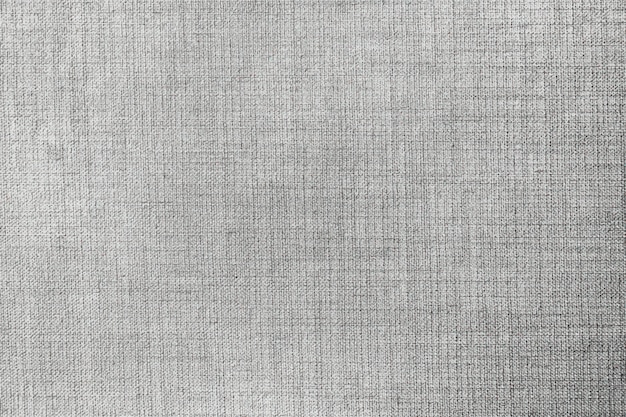In the world of textiles, two heavyweight contenders, spandex and polyester, have been battling it out for supremacy. Both fabrics offer unique properties and have their own set of advantages and disadvantages. In this article, we will delve deep into the characteristics, performance, and applications of spandex and polyester to determine which fabric reigns supreme.
- Composition and Structure:
Spandex, also known as elastane, is a synthetic fiber renowned for its exceptional elasticity. It is composed of a long-chain polymer called polyurethane, which imparts its stretchability. On the other hand, polyester is a synthetic fiber made from petroleum-based chemicals. It consists of long, interconnected polymer chains that give it strength and durability. - Stretch and Recovery:
When it comes to stretchability, spandex takes the crown. Its unique molecular structure allows it to stretch up to 500% of its original length and quickly return to its original shape. This property makes spandex ideal for form-fitting garments, athletic wear, and swimwear. Polyester, while not as stretchy as spandex, still offers a moderate level of elasticity and excellent shape retention. - Moisture Management:
Polyester excels in moisture management, making it a popular choice for activewear and outdoor apparel. Its hydrophobic nature repels water, allowing sweat to evaporate quickly, keeping the wearer dry and comfortable. Spandex, on the other hand, has limited moisture-wicking capabilities and can retain moisture, making it less suitable for intense physical activities. - Durability and Resistance:
Polyester is known for its exceptional durability and resistance to wear and tear. It can withstand repeated washing, exposure to sunlight, and harsh environmental conditions without losing its shape or color. Spandex, while highly elastic, is more prone to degradation over time. It can lose its elasticity and become brittle when exposed to excessive heat, chlorine, or prolonged UV exposure. - Breathability and Comfort:
In terms of breathability, polyester fabric allows air circulation, keeping the wearer cool and comfortable. It is often blended with other fibers to enhance breathability further. Spandex, due to its tightly woven structure, can restrict airflow, leading to reduced breathability. However, advancements in fabric technology have led to the development of breathable spandex blends that offer improved comfort.
Conclusion:
In the battle of spandex vs. polyester, both fabrics have their own strengths and applications. Spandex reigns supreme in terms of stretchability and is ideal for form-fitting garments, while polyester excels in durability, moisture management, and breathability. The choice between the two ultimately depends on the specific requirements of the intended use. Whether you're looking for flexibility or longevity, understanding the unique properties of spandex and polyester will help you make an informed decision.




